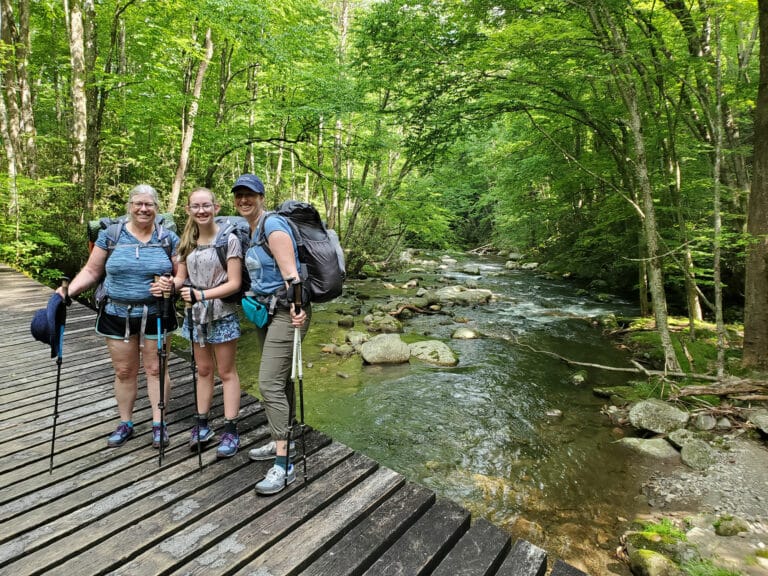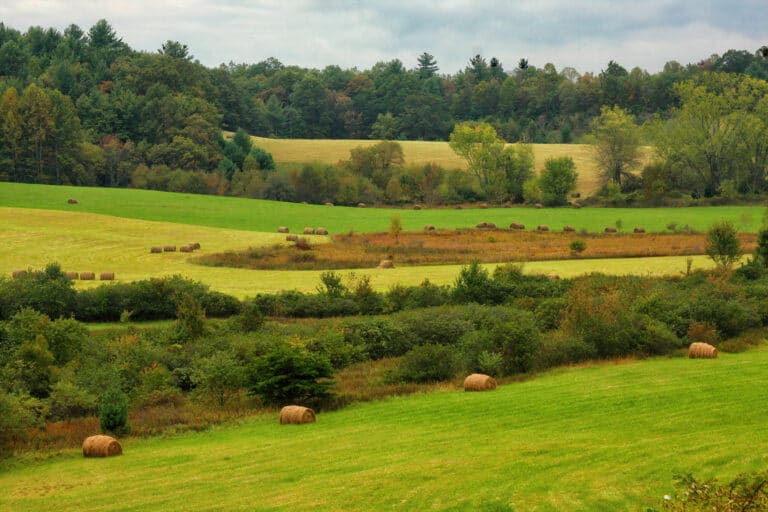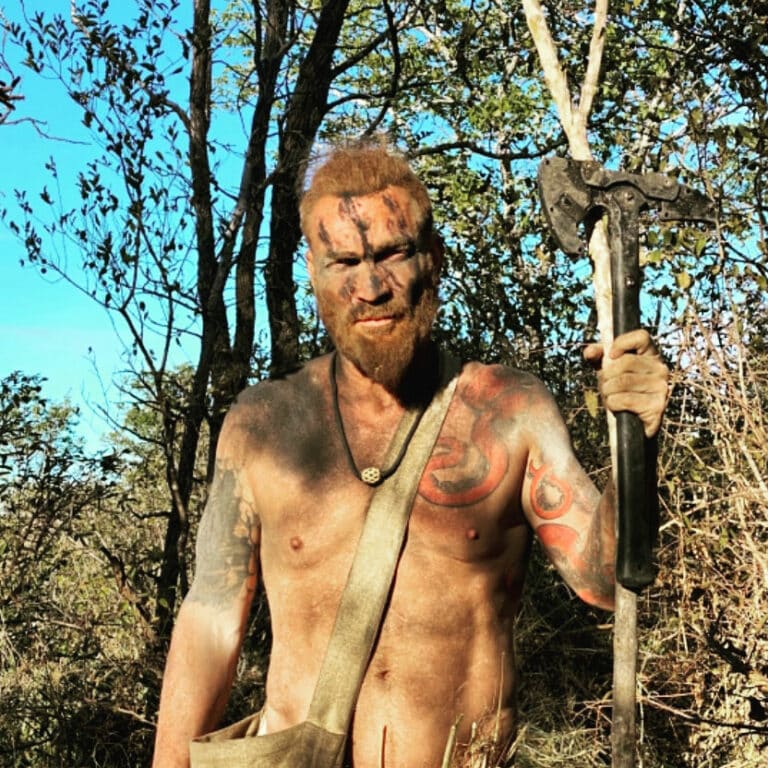Why pay to run epic trail races, when you can stage your own for free?
Running one of the classic 100-mile ultra races seems like an impossible endeavor—and for most of us, it is—but what if you spread that distance across five days? The Minnesota-based Adventure Running Company is doing just that, taking small groups of runners on five-day supported running tours of classic 100-mile races and running destinations, including the Massanutten Mountains 100 in Virginia. By splitting the mileage between multiple days and providing support at pre-determined campsites, the company is opening up these “thru-running” experiences to your average long distance runner.
 “We did a tour of the Mah-de-Hey Trail last year, and only one of the runners had finished an ultra before,” says Kim Holak, who owns the Adventure Running Company with her husband. “One of the guys was 72 years old.”
“We did a tour of the Mah-de-Hey Trail last year, and only one of the runners had finished an ultra before,” says Kim Holak, who owns the Adventure Running Company with her husband. “One of the guys was 72 years old.”
You don’t have to wait for Holak to plan your running adventure for you. A number of innovative runners are staging their own multi-day runs on classic Southern singletrack. Think of it as backpacking, but at a faster pace.
“Say you’re gonna cover 20 miles in a day,” says Lee Simril, owner of Simril Multisport Coaching and long-time stage racer. “That would take you 12 hours hiking, but if you run it, you’re going to cover that ground in half the time. It opens up a world of possibilities.”
With proper planning, you can dissect a long trail or race course into manageable days, and bag a running adventure that’s usually only reserved for the truly hardcore.
TIPS FOR STAGING YOUR OWN MULTIDAY
“The actual running wasn’t as hard as I thought it would be,” Lee Simril says of his most recent stage running experience, the three-day Chattanooga Mountain Stage Race. “I was expecting problems from repeated pounding day after day, but it wasn’t as miserable as I thought it would be.”
Running 100 miles over a number of days may be easier physically than doing it all in a single day, but planning the logistics of a multiple day run can be significantly harder.
“There’s so much to think about,” Holak of the Adventure Running Company says. “What to eat, how to get food on the trail, where to camp. The logistics can be tough to handle.”

Supported or Self-Supported?
Traditionally, runners planning multi-day adventures use support crews that drive to predetermined campsites with their gear and food each day. Find someone whom you can trust to be at the campsite when you need them to be. A dedicated spouse is good, but most runners choose other adventure runners who understand the task at hand. It’s a quid pro quo relationship. They support you on this run; you support them on the next adventure. If you can’t find a support crew, don’t scrap the trip altogether. If you’re willing to do a bit of pre-driving and feel comfortable stashing gear at various campsites throughout the forest, you can run a multi-day self-supported.
Be Realistic
Space the sites at realistic intervals. If you’ve never run 20 miles in a day before, don’t expect to cover this distance three days in a row. And if you’ve never run five days in a row, start out with a two- or three-day adventure.
The Rule of Three
Always run in groups of at least three. If there are three of you and one runner gets hurt, the third person can go for help if necessary.
Food Bag
Don’t skimp on the dinners you stash each night—you’ll need the extra calories after each run, and a post-run beer might be just the trick to keep the adventure civil. But keeping your pack weight down during the day will be key to actually enjoying your miles on the trail. You should be able to store enough food for five hours of running in a hip pack or small backpack. Plan for 300 to 400 calories per hour.
Do Drink the Water
To keep pack weight down, carry a water filter and make sure there are good drinking sources throughout each leg of the trip.
 100-MILE RACES PRIME FOR STAGE RUNS
100-MILE RACES PRIME FOR STAGE RUNS
Massanutten Mountain 100
George Washington National Forest, Va.
This classic race predominantly covers the 71-mile Massanutten Trail, a national recreation trail that traverses the mountain ranges around a valley that’s set inside the 50-mile long, 6-mile wide Massanutten Mountain. vhrtc.org
Pinhoti 100
Talladega National Forest, Al.
This relatively new 100-miler is a point to point run on the predominantly singletrack Pinhoti Trail. The route crosses a number of roads, as well as the highest point in Alabama. Don’t panic, Mount Cheaha is only 2,407 feet high. pinhoti100.com
Grindstone 100
George Washington National Forest, Va.
Some runners say this new race (2009 was the inaugural year) is the toughest 100- miler east of the Mississippi. This out and back course through the heart of the GW climbs and traverses the ridgelines of Little North Mountain, Great North Mountain, and Shenandoah Mountain, summitting Elliot Knob and Reddish Knob along the way. You’ll also gain 23,200 feet if you run all 100 miles. But a strategically placed shuttle at Briery Branch Gap will cut your miles in half. eco-xsports.com







